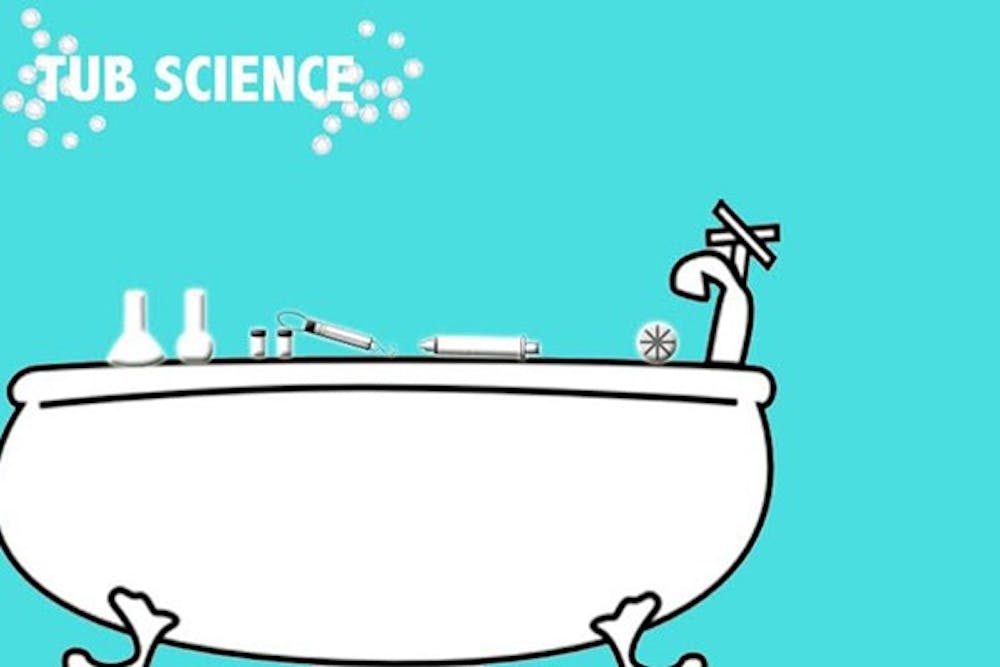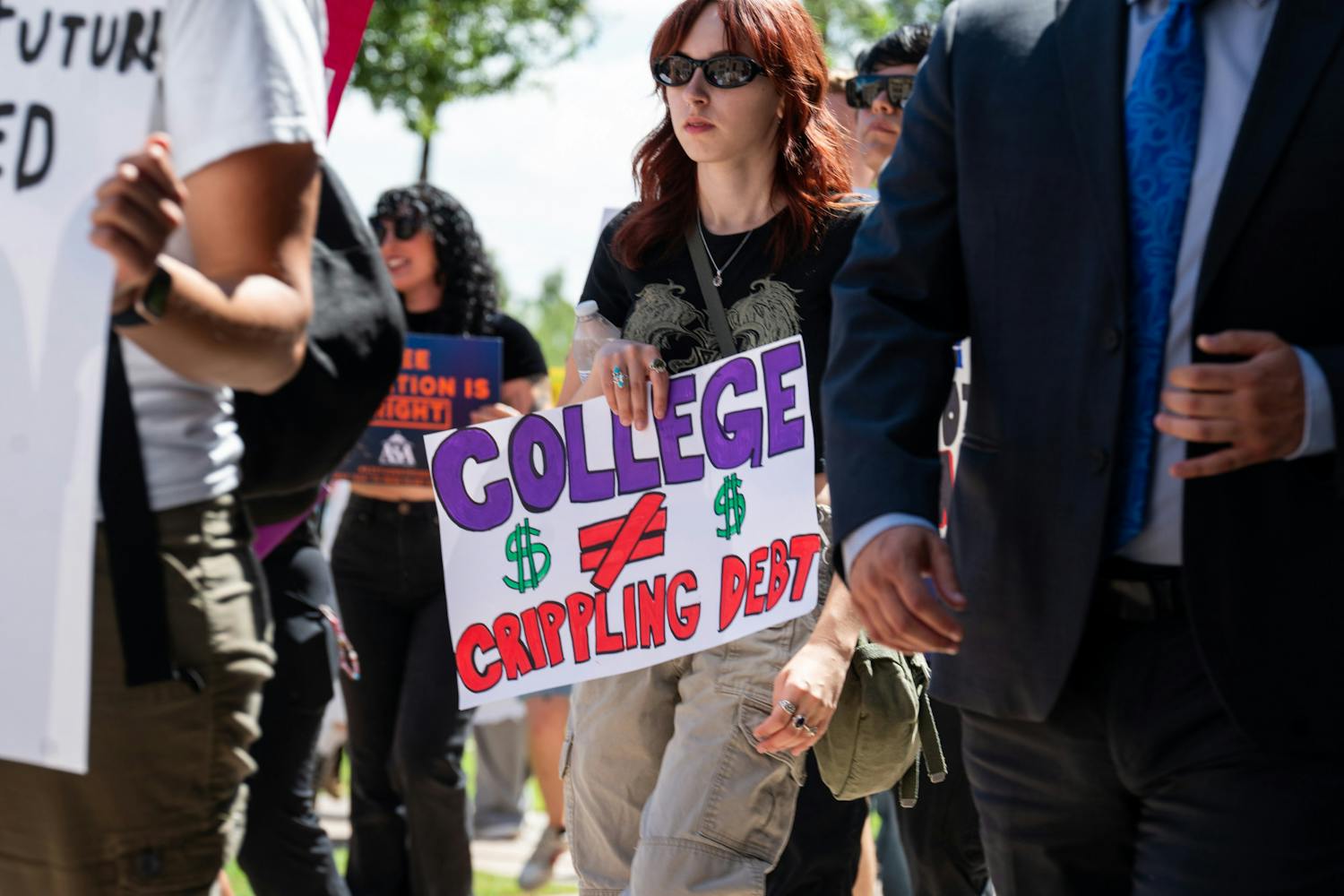 (Photo Courtesy of Peter Rillero)
(Photo Courtesy of Peter Rillero)
Science education professor Peter Rillero said interactions with reality seem to be lacking in an age increasingly dominated by virtual experiences.
“The bathtub is sort of the last refuge to escape all that,” he said. “That’s why it’s the perfect place for free exploration and scientific play.”
Rillero has received an honorable mention and a $1,000 cash prize for his idea Tub Science in the Science, Play and Research Kit competition, which is a challenge to re-imagine the chemistry set for the 21st century.
Rick Bates, interim CEO and chief advancement officer at the Society for Science and Public, said the competition really sticks out among the public.
"It gets the public engaged in science and reaching out to adults with their ideas as inventors on how they would think about reaching the next generation,” he said.
The SPARK competition had 125 entrants, and 16 projects were selected for recognition. These projects were divided into ideation and prototype categories.
Entrants included K-12 science teachers, university students and teachers, engineers, architects, toy designers, scientist and inventors. Entries for the SPARK competition went through a number of different rounds of judging and evaluations. Those who participated were judged on their ability to market a prototype or idea.
SSP partnered with the Gordon and Betty Moore Foundation and Society to put the competition together. The scientific innovators behind these foundations attribute their early fascination with science to the chemistry sets they used to play in their childhood.
The chemicals these classic chemistry sets used to include are now illegal, so the idea behind the SPARK competition is to challenge creative minds to develop ideas and products that encourage engagement in science and technology for children.
“A lot of '40s, '50s and '60s chemistry sets had materials that would blow up or have very dramatic chemical reactions, but those things don’t exist anymore,” Bates said. “When we look at what exists now, the opportunity for kids to engage in hands-on science is really missing.”
Rillero entered his idea into the ideation category. Tub Science is a set of bath toys that represent chemistry concepts. He said he came up with the idea when he used to watch his sons spend a lot of time in the bath growing up and playing around with various things.
“There is no parent teaching or book to read,” Rillero said in a press release. “It is just a child exploring building up intuitive concrete understandings about concepts related to density, floating, buoyancy, mass, volume, energy, motion, action-reaction and work, as they develop abilities in observation, measurement, thinking and experimenting.”
The idea involves two 750 mL rectangular vessels, four jumping jacks, four sinking water toys, a plastic Erlenmeyer flask, a plastic round bottom flask, a waterwheel with a suction cup, four snap containers, one hanging spring balancing scale, a syringe, a color strip thermometer and a 40 cm string with plastic hooks on both ends.
“There are a lot of chemistry and physics concepts,” he said. “They’ll learn abstract ideas that they would later be learning in school.”
Children will use the various tools included in the set to explore and learn science-related concepts. They can pour water from vessel to vessel to learn about water conservation. Children can also fill the syringe with varying amounts of water and see if it will float or sink.
Rillero said Tub Science capitalizes on the bathtub experience as an opportunity to block out electronic and social distractions and as a place where it is okay to play in the water.
 Diagram by Dr. Rillero's son, Hy Rillero
Diagram by Dr. Rillero's son, Hy Rillero
“Children are not given specific activities or experiments to do but through play they build up intuitive concrete understandings about concepts related to density, floating, buoyancy, mass, volume, energy, motion, action-reaction and work, as they develop abilities in observation, measurement, thinking, and experimenting,” he said.
Rillero recruited his son, Hy, to draw the designs for Tub Science. Hy is a junior at Boulder Creek High School.
“I used Photoshop and (Adobe) Creative Cloud to make the designs,” he said. “My dad sent me a lot of the things that needed to be in the designs, and I spent most of the time on diagrams, the rest on the logo.”
Hy said he was really surprised when he found out his father had received honorable mention for the idea.
“I didn’t think he’d get anything for it,” he said.
Rillero said he would ideally like this idea to make it on the popular market, though he is not so optimistic. Right now, he is taking some of his first classes in 3-D printing.
“I want to develop the physical prototype,” he said. “My university invited faculty applications for sponsored work in TechShop for the fall 2014 semester. I submitted my application, and if accepted, I will do the 3-D printing work in this cutting-edge work environment.”
Reach the reporter at kgrega@asu.edu or follow her on Twitter @kelciegrega




